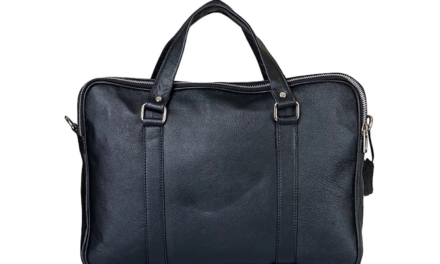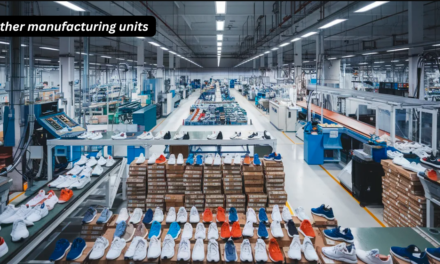The leather and footwear industry faces several challenges that affect its sustainability, production processes, and market competitiveness. Some of the key challenges include:
1. Environmental Impact:
- Pollution: Traditional leather tanning processes often involve harmful chemicals like chromium, which can pollute water sources and soil. The tanning process also requires significant water usage, contributing to water scarcity in some regions.
- Waste: The production of leather and footwear generates substantial waste, including offcuts, scraps, and chemicals. Managing this waste and reducing its environmental impact remains a significant challenge.
2. Ethical and Animal Welfare Concerns:
- Animal Sourcing: Leather production relies heavily on animal hides, and the ethical treatment of animals is a point of concern for both consumers and advocacy groups. This has led to the growth of alternative materials like synthetic and plant-based leathers.
- Transparency: There is increasing pressure on brands to provide transparent sourcing practices regarding both animal products and labor conditions. Many consumers now demand ethical sourcing and cruelty-free products.
3. Supply Chain Issues:
- Raw Material Availability: The availability of quality leather, especially from specific animal hides, can be affected by factors like disease outbreaks in livestock or changes in global demand. Leather producers must navigate fluctuating raw material costs.
- Supply Chain Disruptions: Global supply chains are vulnerable to disruptions, such as those caused by pandemics, geopolitical tensions, or natural disasters. These disruptions can delay production and impact product availability.
4. Labor and Manufacturing Costs:
- Rising Labor Costs: Many footwear and leather goods are still produced in labor-intensive countries, but rising wages in these regions can increase manufacturing costs. Companies must find ways to balance cost reduction with maintaining fair wages and ethical labor practices.
- Automation and Job Losses: While automation is increasing efficiency, it may also result in job losses, particularly in regions where traditional craftsmanship is a key part of production. Striking a balance between automation and labor is a challenge for many businesses.
5. Changing Consumer Preferences:
- Demand for Fast Fashion: Consumers increasingly demand cheaper and faster production, often prioritizing low costs over sustainability. This creates a challenge for the industry to adopt more sustainable practices without increasing the final product price.
- Preference for Sustainable Products: There is a growing trend toward sustainable fashion, and consumers are becoming more aware of the environmental and social impact of their purchases. Brands need to adapt by offering sustainable and ethical alternatives, but doing so without alienating cost-conscious buyers can be tricky.
6. Technological Adaptation:
- Investment in New Technologies: Implementing advanced technologies like 3D printing, AI, and automation requires significant investment, which may be out of reach for smaller manufacturers. Companies must also keep up with the rapid pace of technological change to remain competitive.
- Integration of Sustainable Tech: While there are advancements in eco-friendly materials and processes, many companies struggle to scale these technologies in a cost-effective way that maintains product quality.
7. Global Competition:
- Price Pressure: The global market is highly competitive, and footwear brands face pressure to maintain low prices, especially with cheaper alternatives from countries with lower labor costs. Competing on price while maintaining quality and ethical practices is an ongoing challenge.
- Changing Markets: Shifting demand patterns in emerging markets, along with changing consumer tastes and preferences, add complexity to the industry’s efforts to maintain consistent growth and profitability.
8. Regulations and Compliance:
- Government Regulations: The leather and footwear industry faces increasing regulation regarding environmental protection, labor standards, and safety. Navigating these regulations across different regions adds complexity and cost to operations.
- Carbon Footprint and Climate Change: Governments and international bodies are pushing for industries to reduce their carbon footprints, and the footwear industry must adapt to meet these new regulatory standards.
The leather and footwear industry must address challenges related to sustainability, ethical production, labor costs, technological adoption, and competition. Companies that can innovate while meeting consumer demand for ethical and eco-friendly products will likely succeed in the future.







